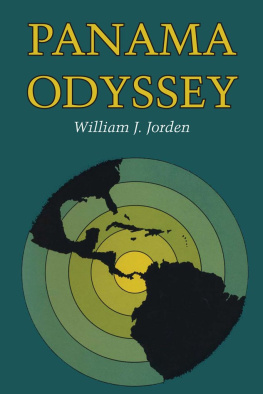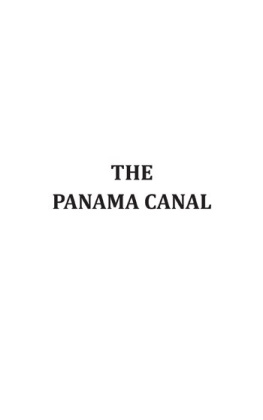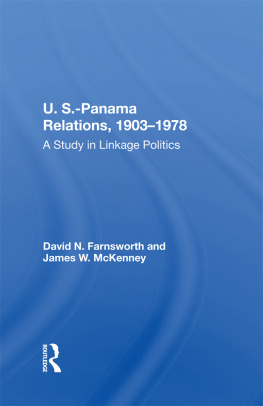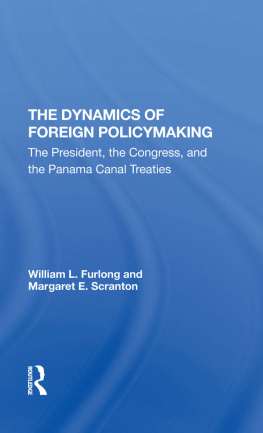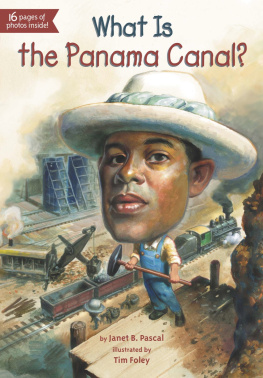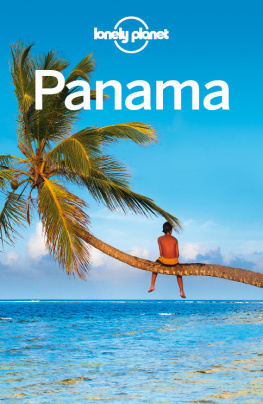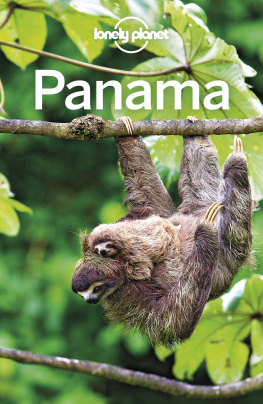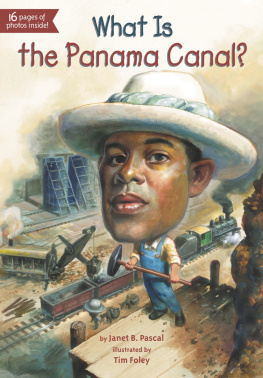PANAMA ODYSSEY
by William J. Jorden

UNIVERSITY OF TEXAS PRESS,
AUSTIN
Publication of this book was made possible by a grant from the Sid W. Richardson Foundation.
Copyright 1984 by the University of Texas Press
All rights reserved
First Edition, 1984
Requests for permission to reproduce material from this work should be sent to Permissions, University of Texas Press, Box 7819, Austin, Texas 78712.
LIBRARY OF CONGRESS CATALOGING IN PUBLICATION DATA
Jorden, William J. (William John), 1923
Panama odyssey.
Bibliography: p.
Includes index.
1. Panama Canal Treaties, 1977History. 2. United StatesForeign relationsPanama. 3. PanamaForeign relationsUnited States. 4. Canal ZoneHistory. 5. Panama Canal (Panama)History. I. Title.
JX1398.73.J67 1984 972.87'5052 83-22291
ISBN 0-292-76469-3
ISBN 978-0-292-71817-3 (library e-book)
ISBN 9780292718173 (individual e-book)
doi 10.7560/764699
This book is dedicated to the Americans and Panamanians
whose wisdom and imagination produced the Panama Canal Treaties;
whose courage transformed them into law;
and whose dedication and skill are making them work.
Contents
Preface
ODYSSEUS arduous and adventure-filled journey to the peace of home after the rigors of the Trojan War required some ten years. The journey from the bloody riots of 1964 in Panama to the completion of the Panama Canal Treaties took somewhat longer. But it was, most certainly, an odysseyfor the two nations concerned and their governments, especially for the individuals involved most directly. For those who lived it, it was a long and harrowing transport through countless risks and frequent danger, and marked regularly by a large measure of excitement. It was an adventure that none who took part will ever forget.
The central subject in what follows is the protracted search for a new arrangement between the United States and Panama to replace that under which the two countries had been working for more than seventy yearssince the 1903 treaty was approved. I will not rake over the coals of that notorious convention, written and signed (for Panama) by a Frenchman, Philippe Bunau-Varilla, in collaboration with our then Secretary of State John Hay. Nor will I go into the many ways in which we interpreted the treaty over the intervening years to our great advantageand to the total frustration of our Panamanian friends. These and other more remote matters emerge herein in the words of Panamanians and Americans who raised them in talking about more pressing current business. But one hears the tone of bitterness in those words. As in all history, the shadow of earlier times and events hangs always over what men later do and say.
The cast of characters who played important roles in this drama of treaty making was extensive. But it was an interesting assemblage, one I hope you will enjoy getting to know. There are presidents on this stage, some more active than others but each playing some key part in the Panama drama: Lyndon Johnson, who really started it all in 1964, backed by Truman and Eisenhower; Richard Nixon, who revived the Panama treaty effort when it seemed moribund; Gerald Ford, who worked to advance the treaty causethen became gun-shy when the Panama issue began to look like a major liability in the 1976 presidential campaign; finally, Jimmy Carter, who met the problem head on, made its resolution the subject of his first foreign policy decision, and fought hard for its approvalwith some stumbles and near disasters along the way.
At the other end, Panamas President Roberto Chiari figured in the events of 1964 that began the treaty-making processbut he overplayed his hand. For Panama, the key player (and producer and stage manager) was General Omar Torrijos Herrera, the military ruler of his country from 1968 to 1981. He was the mastermind of Panamas negotiating plan throughout the crucial years that ended with a signing ceremony in Washington in September 1977. Torrijos was without a doubt one of the most interesting, yet enigmatic, rulers in recent Latin American history. Tough, shrewd, egotistical, ill-educated, charismatic, incredibly patient, yet often volatile, he orchestrated the Panamanian game plan with great finesseand, on occasion, endangered the whole process with snap judgments and emotional outbursts.
The real heroes in this adventure, those who carried the heaviest burdens, who manned the trenches day in and day out, month after trying month, who suffered the slings and arrows of their opposite numbersand often of colleagues in their own governmentswere the negotiators themselves. For the United States that meant Ellsworth Bunker, a patrician, New England sugar merchant in earlier years, and a veteran of the diplomatic warsfrom Buenos Aires to Rome, from New Delhi to New Guinea to Saigon. Bunker was tapped by President Nixon and Secretary of State Henry Kissinger to direct the treaty effort in September 1973, soon after his return from Vietnam. Former Secretary of the Treasury Robert D. Anderson, Lyndon Johnsons choice to work out a new arrangement in 1964, had submitted his resignation in July 1973.
In the first months after moving into his seventh-floor office in the Department of State, Bunker led the way in formulating a set of eight principlesagreed to by the Panamaniansthat would henceforth guide the labors of the two nations diplomats in making the treaties. After that, the real work began. A major slowdown developed, however, in 1975 when the U.S. government bureaucrats, concerned with the new treaties, spent more time fighting among themselves than they did negotiating with the Panamanians.
Once the internal haggling was largely resolved, Bunker and his colleagues moved forward. But they did so at a measured pace. The ambassador was operating under presidential guidelines that called for him to proceed with all deliberate speed. Bunker, a canny observer of politics and a veteran of the Washington scene, knew without being told directly that, in the atmosphere of the primary campaigns of 1976, the emphasis was on deliberate rather than on speed. He conducted his diplomatic campaign accordingly.
With the election of Jimmy Carter, the Panama treaty exercise received a higher priority. To reflect that new statusand to put his own imprint on the proceedingsPresident Carter asked Sol Linowitz, an experienced international lawyer and a campaign adviser, to join Bunker as co-negotiator of the Panama treaties. Linowitz, former president of Xerox Corporation, had headed the so-called Linowitz commission, which prepared a detailed report on Latin America in 1976. The need for a new deal for Panama was emphasized in the commissions statement.
Linowitz was a brilliant activist, a man who suffered fools with profound impatience, a lawyer with the gift of all first-class lawyersthe ability to see quickly to the heart of the matter at hand. He injected new life into the treaty talks, pushing deliberate aside and putting his emphasis on speed. He and Bunker made a superb teamone, the seasoned diplomat, the veteran of countless fracases with chancelleries around the world, a master of the bureaucratic maze, an astute observer of the ways and foibles of the Congress, the elder statesman; the other, younger, more active, brilliant in debate, yet with a sensitivity to the feelings of his adversaries, an indefatigable worker who insisted on no less from those who served him as advisers and staff members.
Facing Bunker and Linowitz across the negotiating table were two similarly talented though very different men. Rmulo Escobar Bethancourt was one of Panamas better lawyers and among its best orators. A champion of the poor and oppressed, he went into the books of some members of the business community and residents of the Canal Zone as a Communist. But the allegation came from people who didnt know Rmulo very well. Certainly he had a profound sympathy for leftist causes, and he was an admirer of Fidel Castro. But he was a pragmatist, and above all a dedicated follower of Omar Torrijos. Lets just say that he preferred Johnny Walker Black to Stolichnaya.
Next page
